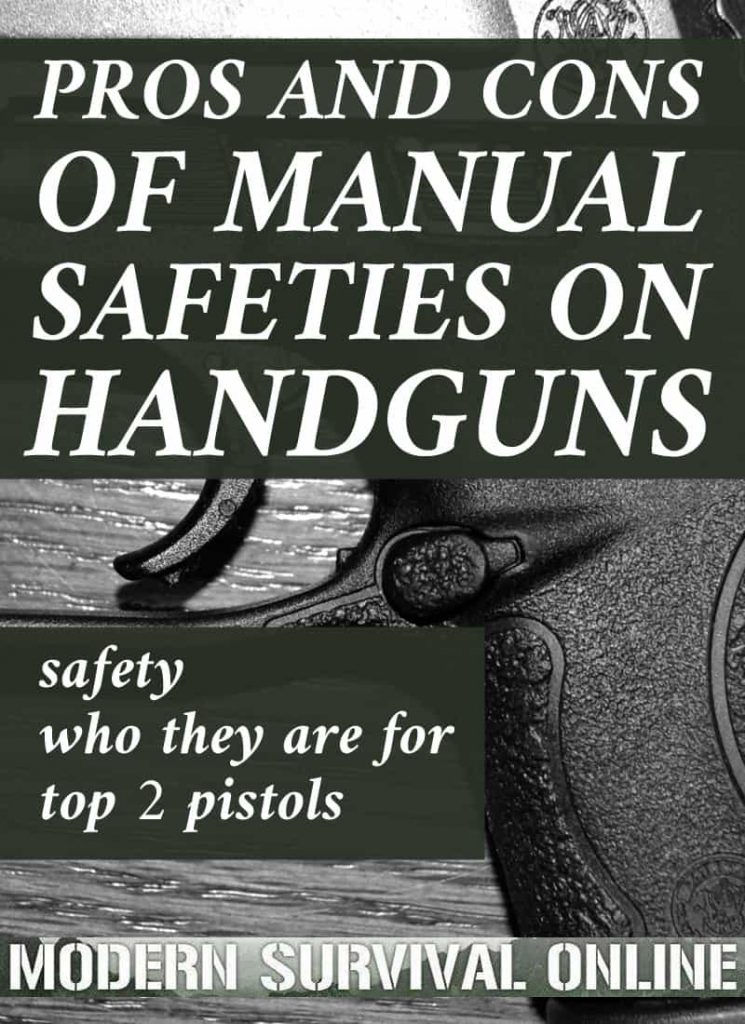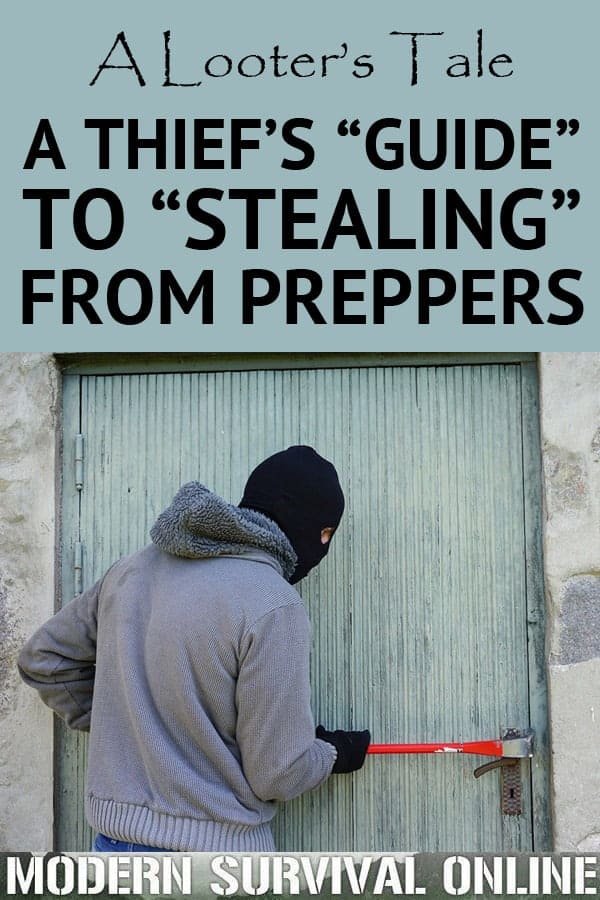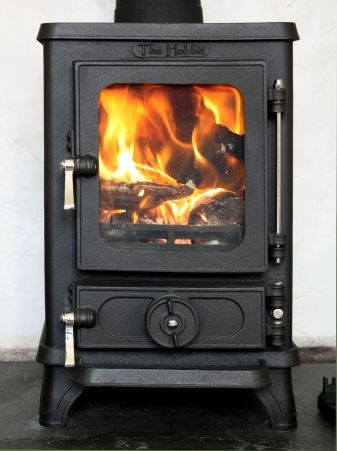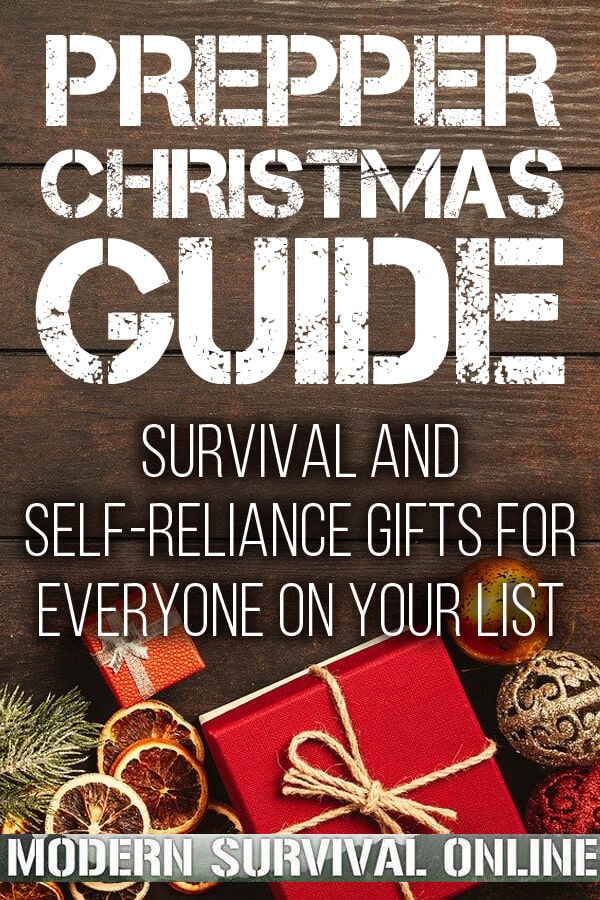The inclusion of a manual safety on a handgun is an intensely personal choice for a shooter. There is no right or wrong answer as a safety lends itself better to certain kinds of shooters and certain situations better than others.
A shooter’s own preference for a safety is usually formed by the sum of their training and experience, though a strong like or dislike of a given pistol design may move the needle one way or another.
The use of a manual safety is not without drawbacks just as omitting one is not always a benefit. A safety may paradoxically be a hazard to those who do not train with it or train incorrectly, and a safety may enhance the capability of a skilled shooter fluent in its use.
The pros and cons of manual safeties can be subtle, nuanced, and may elude those with less experience. Since it is usually impossible to add or remove a manual safety to a pistol once purchased, it is in your best interest to buy the right tool the first time. In this article I will lay out the benefits and potential pitfalls of manual safeties for defensive handguns.
Manual Safety Defined
A manual safety is any control on a gun that when actuated will either prevent the gun from firing or allow it to be fired depending on the position.
The precise means by which it accomplishes this varies from design to design, but is often achieved by either physically blocking the trigger from moving or by disconnecting it from the rest of the fire control group.
Manual safeties take the form of levers most often on handguns, and are moved through a short arc in order to activate or deactivate the safety, known as going “on safe” or “off safe”.
Manual safeties are distinct in category from other user-actuated passive safeties such as grip safeties ala the 1911 or trigger safeties as made popular by Glock pistols.
Such features are activated by the fingers and/or hand, but are done so automatically in the normal course of gripping the pistol or preparing to fire; if no deliberate action and movement is required in the manual of arms to activate or deactivate the safety, it is not a manual safety.
No matter how the safety ultimately functions, the outcome is the same: when activated, the gun cannot be fired, be it from a deliberate trigger pull or accident. This sounds inherently smart to inexperienced shooters but this potential additional insurance against a discharge comes at a cost.

Disadvantages of Manual Safeties
A manual safety is always an additional step in the manual of arms, no matter how you square it. Ideally, a manual safety would be deactivated in the ready position as the shooters makes the decision to fire and presents the gun out toward the target, not deactivated once the gun arrives at full extension.
After firing and deciding to bring the gun back to ready, the safety is reengaged. The tempo is like this: decision to fire, safety off as gun goes out, decision to return, safety on as gun comes back. Off and out, on and back, off and out, on and back.
In reality, many shooters, especially new shooters do not even do that. What these shooters will often do is treat the safety like an ignition or on/off switch for their gun.
For instance, they head to the range for some practice, get all bagged up with PPE and then, once on the range, click the safety off of their pistol.
They fire however many rounds they choose in practice with no additional manipulation of the safety at all and then, once practice is over, clear the pistol, click the safety on and depart for home or wherever. This is the pinnacle of poor use of a manual safety.
The problem with the latter example is this: that same gun will be used for self-defense and either kept at home or carried accordingly. The safety will be on while the gun is in a loaded, resting state.
Should an attack occur the shooter will have done nothing to bake-in the neural pathways and dexterity necessary to deactivate the safety.
What happens is a loaded, on-safe gun is presented toward the threat, a dead or limp trigger is fanned repeatedly (with no accompanying bang) and then, perhaps and hopefully, the defender realizes their mistake and desperately tries to move the safety to the fire position in time to save their own life.
This occurrence sounds humorous, like the stuff of action movies, but it is all too real and very common, even among poorly trained police officers. The results can be deadly.
A pistol so equipped with a manual safety must be practiced with often, consistently and correctly to ensure that, in a high-stress situation, the safety will be deactivated without conscious thought or fumbling on the shooter’s part.
Training to that level of fluency is simple, but it takes work and a commitment to proper practice at the range and during dry fire. The fear of the above mishap occurring leads a significant portion of new gun purchasers and shooters to select pistols that rely only on passive safeties.
The idea being that so long as the gun is loaded it is ready to be used instantly with no chance of fumbling a control that will prevent it from being fired. The tradeoff is, naturally, that while such guns may be drop safe, anything at all that impinges upon the trigger can result in a discharge.
When you consider the stress levels involved in an attack and how much little time you’ll have to make an effective response, you may be best served by a pistol with nothing stopping you from getting it into gear.
Advantages of Manual Safeties
A manual safety gives the user an additional facet of complete control over part of the gun’s function, specifically the fire control. An engaged manual safety will totally prevent any discharge from occurring no matter if it is a finger or a foreign object in the trigger guard.
This additional level of safety and assurance is welcome during all kinds of activity, but most especially when reholstering where the risk of a “crash on landing,” one of the most common ND’s, is very high.
You can try to logically contort around it all day long: a gun with a manual safety engaged is inherently safer to handle administratively than one without. With trigger blocked or disconnected, any mishap that would result in a negligent discharge from an accident or from plain, ol’ human error will be covered by an engaged manual safety.
We never want to make a habit of relying on the manual safety, and the Four Cardinal Rules of Gun Safety are the keys absolute, but should we happen to make a mistake or suffer an accident, the manual safety will back us up. Think of it like a reserve parachute.
A manual safety is also a hedge against a gun takeaway. There are many tales and recorded incidents of cops and some citizens who had their guns taken from them by attackers who proceeded to try and murder them with it.
Guns that feature no manual safety are no impediment at all to the bad guy in this instance assuming they are loaded, and tragedy has followed in the wake of those incidents.
Guns that featured manual safeties were many times credited with saving the victims’ lives since the attackers could not figure out how to make the guns fire.
It is easy to dismiss the above perk as a fringe advantage or one that you would never need take advantage of, but in my opinion there are far, far too many civilian gun carriers who live blithely unaware of how their fight might really look.
Most of us would like to imagine a classical stick-up with some standoff with our attacker squared up to us and in broad daylight on an empty street. Reality shows us that he will be much closer, and the chances that you both will come to grips with each other are high. Do you really think that you’ll never need to defend against a gun takeaway?
A safety does not need to be a pain to use. Many modern and vintage guns have very well designed and placed safety levers that do not require any contortion of the shooting grip to actuate. For many guns, a shooter’s excuse of “the safety is too hard to run!” is just that, an excuse.
A pistol with a properly shaped and located safety is almost effortless to activate, one needs only to put in enough practice to make activating it second nature. The benefits a safety confers, both in a real situation and when handling the gun administratively, is significant, and well worth consideration.
Other Thoughts about Safeties
A pistol that utilizes a manual safety should at least have a good one. What is a good safety? A good safety is one that is ergonomically placed for easy, intuitive activation by the shooting hand thumb (or rarely a finger) and is easily and smoothly moved across its arc of travel before settling into its resting position with a distinct tactile sensation.
A safety that is small, tough to get purchase on and either stiff or mushy in actuation is a liability, and can be fumbled when time is precious.
Most guns with stiff controls like that can be “massaged” into cleaner, crisper function by a competent gunsmith as a pretty simple job, and such operations are well worth the time and money if you plan on sticking with the subject pistol.
Other safety enhancements are things like extended levers in the case of a too small control or a thinned or relieved lever if the stock control is way to prominent.
Lest you think there is no such thing as a too-large safety after I just got done waxing about the hazards of a fumbled attempt at deactivation, think again; a safety lever that is too large is vulnerable to inadvertent activation in the hand and in the holster. The last thing you want is to be babysitting a holstered and safed pistol.
You should also pay particular attention to holster selection when carrying a pistol with a manual safety. An ill-fitting holster or one that is generically sized can allow movement that will engage or disengage the safety without your knowledge.
This is not the end of the world with a double-action pistol but is a significant hazard with a single-action one. If you are carrying a pistol with a manual safety you must place it in a properly fitted holster and check it for function.
An example of an ideally placed thumb safety is the one on the venerable 1911 and its progeny. Located far to the rear on the frame and ideally situated for easy activation with its long lever, the 1911 safety is pushed down into the fire position and up into the safe position, with down being very easy and anatomically correct for the majority of shooters.
This design is echoed in the excellent Smith & Wesson M&P series pistols that feature a manual safety. Designs of this type are very easy to train into and are rarely mishandled once a shooter has take time to practice with them.
Some guns have a similarly located safety in the form of a combination control lever that functions as both a safety and decocking lever when depressed past its on-safe position. The H&K USP and P30 series guns are two well known examples.
Another common and far less favored safety is that of the slide mounted type, best known today from the Beretta M9 and 92 series of guns as well as its younger siblings in the Px4 Storm line.
This type of safety is much maligned as for its seemingly opposite function in contrast to the way our thumbs work (up for fire, down for safe), and for being very easy to accidentally re-engage in the safe position from fire when one is cycling the slide by hand.
Without considerable practice (or knowing the trick) such safeties can be very frustrating and fumble prone.
The aforementioned trick is not to push the safety up and away with the tip of the shooting hand thumb in a hitchhiking type move, but to keep the thumb high and straight and sweep down into the lever as the shooting grip is acquired.
This will quickly and surely pop the safety off much easier than the alternate method. That little trick comes from Beretta guru Ernest Langdon, so I cannot take any credit for that.
Who Should Use a Safety? Who Should Avoid Them?
There is no easy, fast answer here. Generally I can say that shooters who are not going to practice regularly and deliberately with their guns are best served by a design lacking a manual safety; the time investment and repetitions needed to completely ingrain deactivation of the safety upon presentation is a factor.
Similarly, you do not want a gun with a trigger that is too light and too short, since these lesser-trained shooters are far more likely to suffer from a wandering trigger finger.
Shooters who are willing to put in the time to train and then practice with their firearm can effectively use any design, including one with a safety.
It perhaps seems a bit of a catch-22 that inexperienced and less enthusiastic shooters would perhaps receive the most benefit from a manual safety but they are the most likely to bungle it in actual use, whereas seasoned gunhands can make the best use of a manual safety but are the least likely to need it.
For those reasons, I would say that the choice of whether or not you should select a firearm with a manual safety should be boiled down to two essential factors:
1. Understand what is important to you when it comes to your pistol’s functionality. There is no one true answer. If you like the idea of having the extra margin of error and assurance from negligent discharges and gun takeaways that a manual safety can provide, you should consider one.
Conversely if you want deployment of your pistol to be as glitch-free as possible, you should avoid them.
2. Know thyself! If you do not go to the range to practice with your pistol regularly, or get in routine dry fire practice, you should probably skip a manual safety.
Guns with extra steps between “draw” and “bang” commonly betray their wielders when the chips are down. If, however, you make proficiency with your weapons a part of your mission than you should proceed.
There is no special magic you need to harness to utilize a pistol with a manual safety effectively. It is simply a lot of proper repetition and practice presentations.
But these presentations must be done deliberately; sitting there clicking the safety on and off while you watch TV mindlessly is not dry practice, and you should not delude yourself that it is.
Good Pistols with Manual Safeties
There are approximately a billion excellent pistol designs on the market presently. Okay, I am probably exaggerating a bit, but not by much! We certainly suffer no famine of choice and that is to the betterment of all.
No matter what precise, specific combination of features you want, there is a factory option out there to accommodate you.
The following two guns I have listed are some of my favorite designs with proven track records and known for their reliable and consistent performance.
All just also happen to have manual safeties, or at least feature them as an optional variant. It should be said that a safety does not make a pistol good or bad, it is just another feature that one may find value in or not.
Smith & Wesson M&P / M&P Compact with thumb safety
S&W’s flagship striker-fired guns need no introduction, and several of you will have no doubt read my musings on these great handguns here and elsewhere. The M&P was one of the first of later generation striker guns to include a manual safety as a factory variant.
Even then this was seen as something of an oddity, since the handgun market was trending more and more toward extremely simplified and streamlined operation with a minimum of additional steps to perform in the manual of arms both before and after the shot.
It would appear that a decade’s worth of ever lighter, ever shorter striker-fired triggers have left a significant sect of shooters with some concerns; DA/SA guns and striker pistols with manual safeties have reemerged in greater numbers with strong followings.
It turns out that guns bound for real world use beyond Instagram fame like, you know, actually being pointed at people require different solutions than a striker gun with a trigger as short as a mouse click.
The M&P’s safety is identical in placement and actuation to the 1911, that is to say it is excellent. This pistol retains all of its other superb characteristics only with the added function of a manual safety. A great gun.
Beretta Px4 Storm
I know you are scratching your head because I just got done seemingly dogging these pistols up above.
Recall that I did say there is an easy trick to smooth sailing with Beretta’s slide mounted safeties; after you wrap your head around their “backwards” activation, actually activating them is a simple affair, and the movement of the safety lever itself is very positive, with a “just right” amount of force needed to defeat the detent at either end, and a crisp, fast, slick travel.
The Px4 was apparently the sleeper DA/SA gun of the decade, and is earning a reputation only now as a soft-shooting and reliable service handgun after languishing in obscurity here stateside.
If you don’t mind its top-heavy looking slide, the Px4 is a light, highly modern polymer DA/SA gun that also features a manual safety as a factory variant. Expect to see these gain more steam with dedicated double-action shooters as time goes on.
Conclusion
A manual safety is not a padlock to hamper you getting the pistol into action nor is it a panacea against negligent discharges. It is, like anything else on a pistol, a device to help you control the gun and make it work for you, not against you.
Manual safeties are not for everyone, and they do require training and practice to get the most from them, but what they do offer cannot be gained in any other way.

via Modern Survival Online https://ift.tt/2q5tp2R




